
The Purpose of Generators in our Daily Activities
On February 23, 2021 by Morthe StandardOur homes are powered by electricity. We cannot simply do our daily routine without it. Sometimes, when the power gets out, it frustrates us. However, some fortunate homes do not worry whenever a power interruption happens because they have available sources that can help them even without a power supply – like a generator.
Appliances like generators are very useful during power outages. They allow households and industries to continue their normal operations when it happens. In this article, we will discuss how a generator works as a secondary source of electrical power.
A generator converts mechanical energy into electrical energy. The common idea is that the generator itself creates its electrical energy, but the answer is no. It uses mechanical energy from external sources and forces the movements of electrical charges in the wire. It is based on the principle of electromagnetic induction, thanks to Michael Faraday. He discovered that moving an electrical conductor in a magnetic field can induce the flow of electric charges. Several companies provide machine rental services like a generator hire that can help customers with electrical needs.
To explore more about generators, let us discuss its different parts and components:
- Engine – is the main source of mechanical energy. You have to consider some factors in choosing the best type of engine to use, such as fuel type and if you want to use overhead valve engines (OHV) or non-OHV engines. You also have to consider the cast iron sleeve (CIS) in the engine cylinder.
- Alternator – produces the electrical output from the mechanical input that comes from the engine. The alternator’s components include stator and rotor or armature (it can be by induction, permanent magnets, or using an exciter). You must also consider if you want a metal or plastic housing, a ball or needle bearings, and a brushless design.
- Fuel System – has the sufficient capacity to sustain operations to the generator for six to eight hours. A fuel system’s common features are the following: pipe connection from the fuel tank to the engine, ventilation pipe for the fuel tank, overflow connection from the fuel tank to the drainpipe, fuel pump, fuel water separator or fuel filter, and fuel injector.
- Voltage Regulator – regulates the output voltage. The voltage regulator’s important components are the voltage regulator itself, exciter windings, rotating rectifiers, and rotor or armature. The first step of the cycle happens in the voltage regulator. The AC voltage is converted to DC. Then, in the exciter windings, the DC is converted to AC. In the rotating rectifiers, the AC is converted back into DC. Lastly, the DC transforms back into AC voltage in the rotor or armature, and the cycle repeats.
- Cooling and Exhaust System – the cooling system is important to avoid overheating the device while the exhaust system disposes of the exhaust gases emitted by the generator.
- Lubricating system – is also an important component so that the generator maintains its smooth and durable operation.
- Battery Charger – supplies float voltage to the generator to keep it powered.
- Control Panel – contains the control system and the user interface of the generator. Some control panel features include electric start and shut-down, engine gauges, generator gauges, and other controls like phase selector switch, frequency switch, and engine control switch.
In conclusion, each generator’s component is very important to ensure a smooth process of providing households and industries with the electrical power they need. A generator hire is very helpful, especially if you want to use it for temporary purposes and do not want to buy your own generator.
Table of Contents
You may also like
Recent Posts
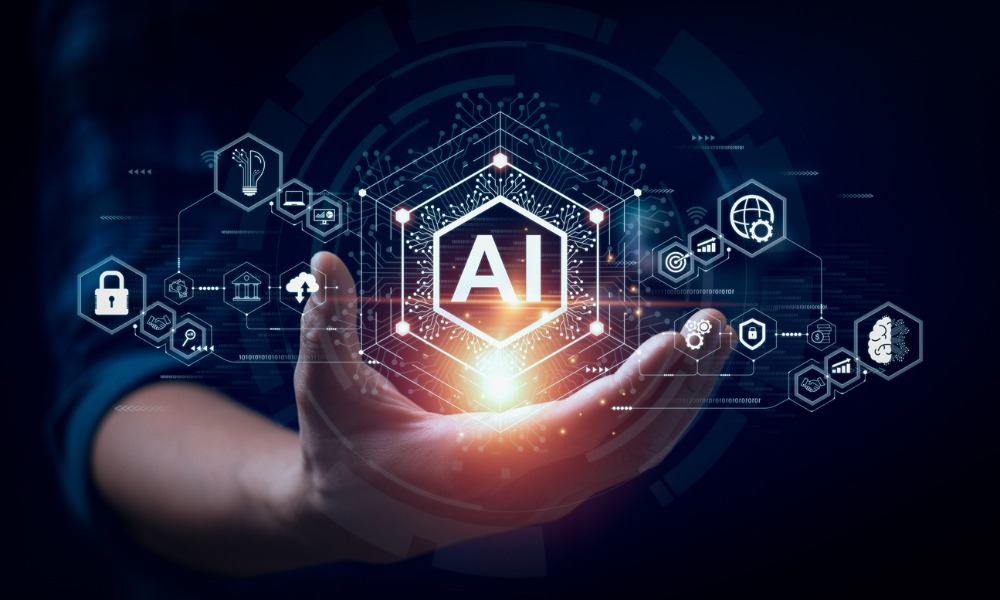 Unleashing AI Power for Small Business Marketing Success
Unleashing AI Power for Small Business Marketing Success Pourquoi Choisir Une Structure En Acier Pour Vos Projets En Afrique ?
Pourquoi Choisir Une Structure En Acier Pour Vos Projets En Afrique ? Top IPTV France Providers: Finding the Best Service for You
Top IPTV France Providers: Finding the Best Service for You The Importance of Innovation Management in Business Success
The Importance of Innovation Management in Business Success How to Measure Lab Diamond Ring Size
How to Measure Lab Diamond Ring Size Web hosting plan: pro and cons of shared hosting and VPS hosting
Web hosting plan: pro and cons of shared hosting and VPS hosting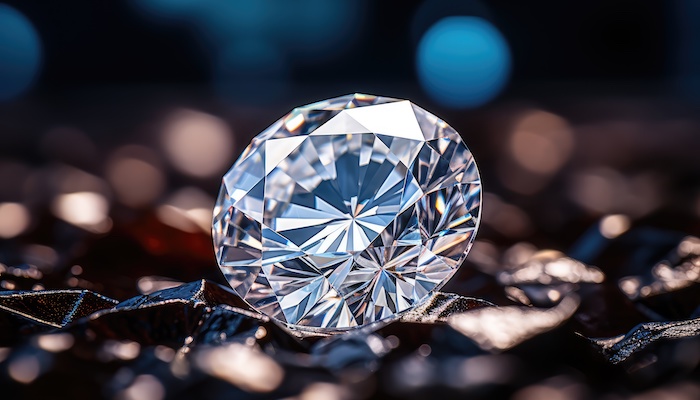 White Sapphire vs. Diamond: The Ultimate Comparison
White Sapphire vs. Diamond: The Ultimate Comparison How Pawnbroking Works: A Step-by-Step Guide to Pawn Loans
How Pawnbroking Works: A Step-by-Step Guide to Pawn Loans GH Express LLC: Your Strategic Partner for Business Success in the U.S.
GH Express LLC: Your Strategic Partner for Business Success in the U.S.Novita Diamonds Shines a Light on Women’s Empowerment with Dress for Success Partnership
Buying Ethereum Down Under: Your Guide to Purchasing ETH in Australia
 Exploring the Brilliance of Lab-Grown Diamonds: Understanding the 4Cs
Exploring the Brilliance of Lab-Grown Diamonds: Understanding the 4Cs Lab Diamonds: The Top Choice for Ethical, Affordable, and Sustainable Brilliance
Lab Diamonds: The Top Choice for Ethical, Affordable, and Sustainable Brilliance SEO Backlink Services and Template Customization by a Pennsylvania SEO Expert
SEO Backlink Services and Template Customization by a Pennsylvania SEO Expert The Sparkle of Sustainability: Lab Grown Diamonds Adelaide
The Sparkle of Sustainability: Lab Grown Diamonds Adelaide
Popular Posts
 Leveraging User Forums and Communities: Online iPhone Selling
Leveraging User Forums and Communities: Online iPhone Selling Why You Should Be Adding Content to Google My Business
Why You Should Be Adding Content to Google My Business 360-Degree Digital Marketing Services: What’s included?
360-Degree Digital Marketing Services: What’s included? What are the Different Types of Marketing?
What are the Different Types of Marketing? 5 Tips for Sharing Files and Information Online
5 Tips for Sharing Files and Information Online 6 Major Factors To Consider Before You Hire Marketing Agencies Auckland
6 Major Factors To Consider Before You Hire Marketing Agencies Auckland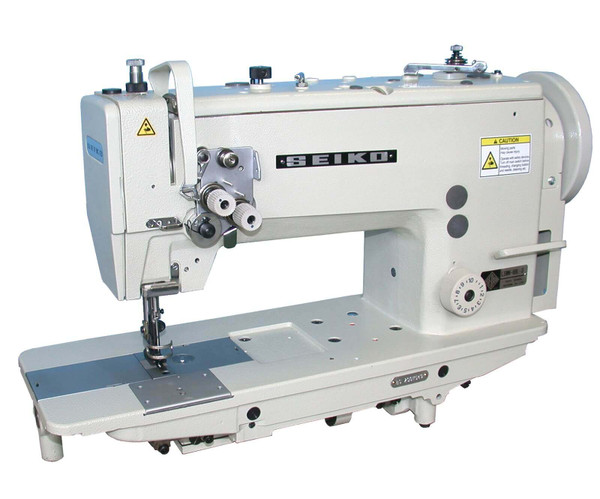 First-Time Buyer’s Guide to Industrial Sewing Machines
First-Time Buyer’s Guide to Industrial Sewing Machines Benefits of Hiring a Full Time SEO Specialist
Benefits of Hiring a Full Time SEO Specialist Tips For Effective And Appealing Web Design
Tips For Effective And Appealing Web Design 3 Biggest Strategies That Can Help You Scale Up Your Company
3 Biggest Strategies That Can Help You Scale Up Your Company Using An SEO Consultant To Amp Up Your SEO Strategy During COVID-19
Using An SEO Consultant To Amp Up Your SEO Strategy During COVID-19- What Is The Essence Of Enterprise Resource Management Systems
How To Make Your Air Conditioning Business Ready For Google?
 Why Should You Add Comments To Your Blog?
Why Should You Add Comments To Your Blog?) 3 Reasons Why Forecasting Sales Is Important For Businesses
3 Reasons Why Forecasting Sales Is Important For Businesses
Most Viewed Posts
 API Integration Best Practices: Ensuring Secure and Scalable Solutions
API Integration Best Practices: Ensuring Secure and Scalable Solutions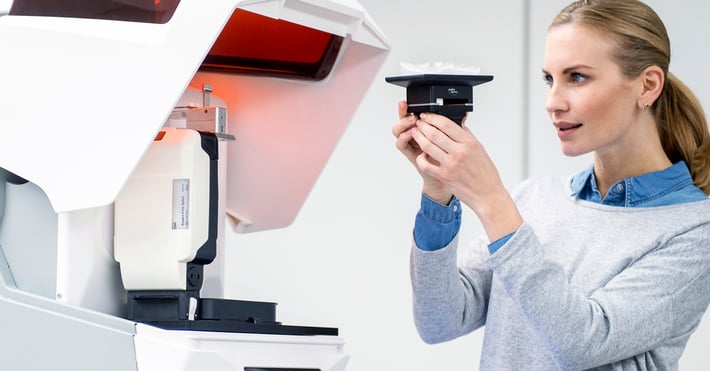 On The Whole Learning Elaborating Open Source API Tools
On The Whole Learning Elaborating Open Source API Tools Eliminate Annoyance By Fixing These Google Drive Problems
Eliminate Annoyance By Fixing These Google Drive Problems Reasons To Kick-Start Node JS Centric Product Development With Full-Swing
Reasons To Kick-Start Node JS Centric Product Development With Full-Swing Reasons Why It Is Important to Select the Best Online Education Platform for a Programming Assignment
Reasons Why It Is Important to Select the Best Online Education Platform for a Programming Assignment 6 Benefits of Using a Good Website Builder
6 Benefits of Using a Good Website Builder Techinques To Take Services For App Developers
Techinques To Take Services For App Developers- Four compelling reasons why the cloud makes it easy is the ideal IoT application
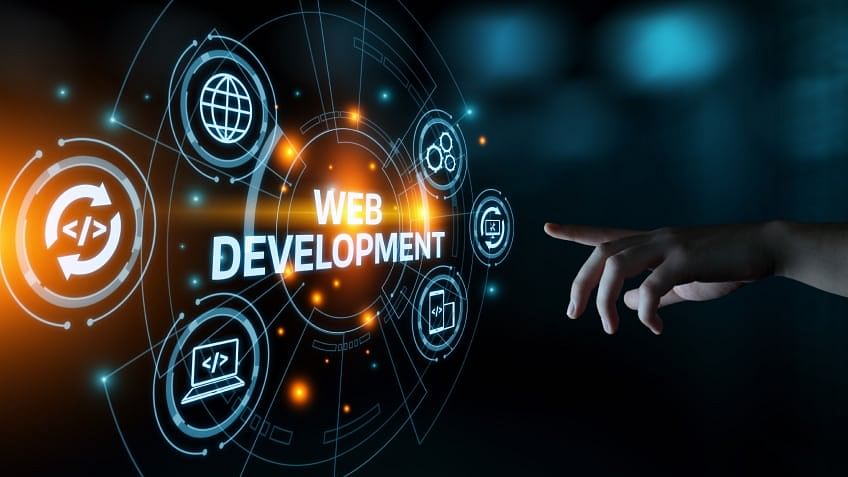 A Guide To Hiring The Best Web Development Company
A Guide To Hiring The Best Web Development CompanyThe Best Tools For Mobile-First Indexing Strategy Development
